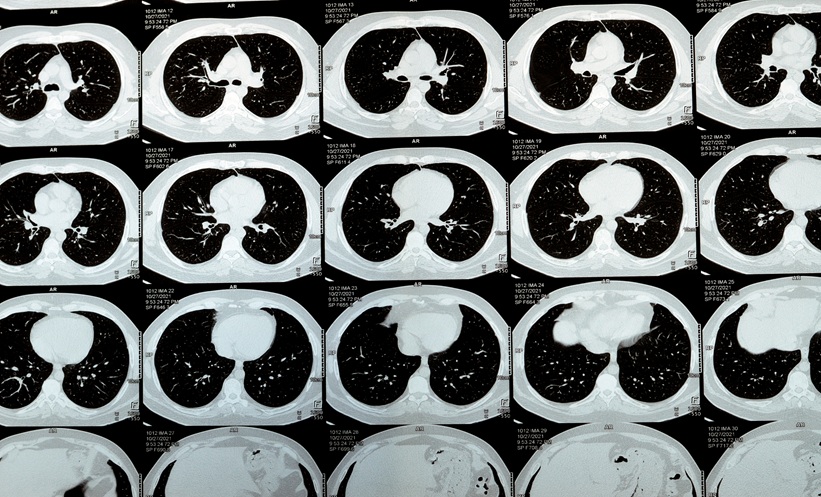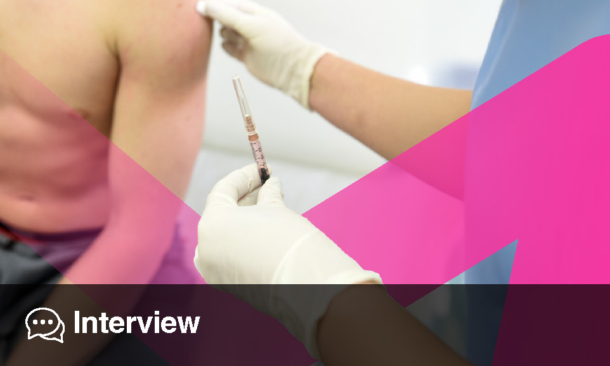BRONCHOALVEOLAR lavage mold PCR delivered faster, more sensitive, and clinically actionable diagnosis of invasive mold disease.
Study Overview in Immunocompromised Patients
Investigators evaluated a real-world series of 1,958 bronchoalveolar lavage samples that underwent both mold PCR and fungal culture during the study period. Patients were immunocompromised and at risk for pulmonary invasive mold disease, and cases were classified using standard EORTC and MSGERC definitions. The mold PCR panel targeted Aspergillus species, Mucorales agents, Fusarium species, and Scedosporium or Lomentospora prolificans, which are among the most common genera that cause invasive mold disease.
Mold PCR returned positive results in 160 samples, compared with 75 positive cultures. Aspergillus species accounted for more than three quarters of PCR positives, followed by Scedosporium or Lomentospora prolificans, Mucorales agents, and Fusarium species. Using culture as the reference standard, mold PCR achieved sensitivity of 92.0% and specificity of 95.2%, which indicates high diagnostic accuracy for detecting pathogenic molds in bronchoalveolar lavage fluid.
Diagnostic Accuracy of BAL Mold PCR
In the subgroup of 32 patients with proven invasive mold disease, bronchoalveolar lavage mold PCR remained highly sensitive and clearly outperformed fungal culture. The PCR assay detected 90.6 percent of proven cases, whereas culture identified only 56.3%. This difference suggests that reliance on culture alone may lead to missed diagnoses in patients with established pulmonary infection.
Speed also distinguished the two approaches. The median time to positivity was one day for mold PCR compared with three days for fungal culture. Faster results may support earlier initiation or adjustment of antifungal therapy, especially in critically ill or profoundly immunocompromised patients.
Clinical Actionability and Practice Implications
Beyond accuracy and speed, the authors examined whether positive mold PCR findings changed care. Among results that revealed a new finding, nearly two thirds were judged clinically actionable, for example guiding antifungal choice or prompting closer follow up. These data indicate that bronchoalveolar lavage mold PCR is not only an accurate diagnostic tool but also a test that frequently supports real time decision making.
For U.S. clinicians who manage high risk patients, integrating mold PCR into bronchoscopy pathways may enhance detection of pulmonary invasive mold disease and provide timely information that complements conventional fungal culture.
Reference: Demir K K et al. Accuracy and actionability of mold PCR on bronchoalveolar lavage fluid for diagnosis of invasive mold disease. J Clin Microbiol. 2025;:10.1128/jcm.01145-25.








